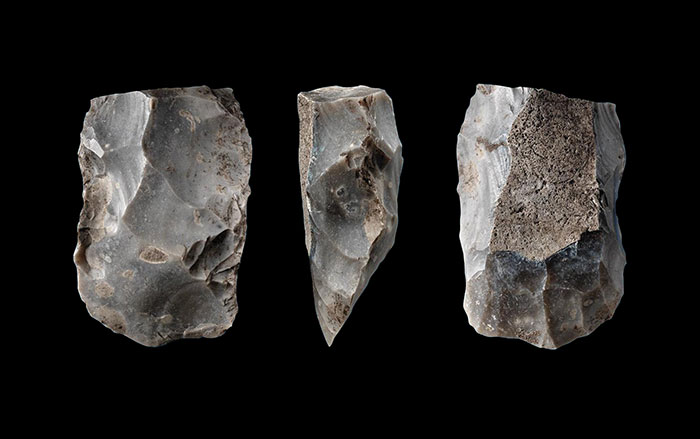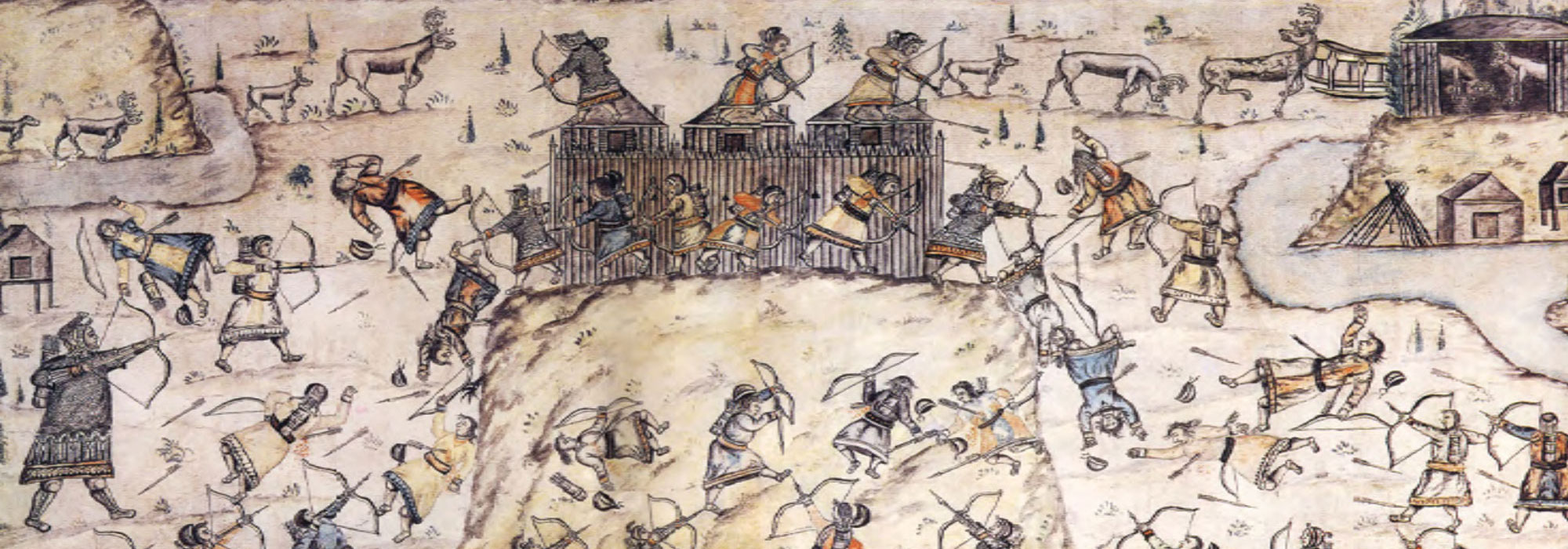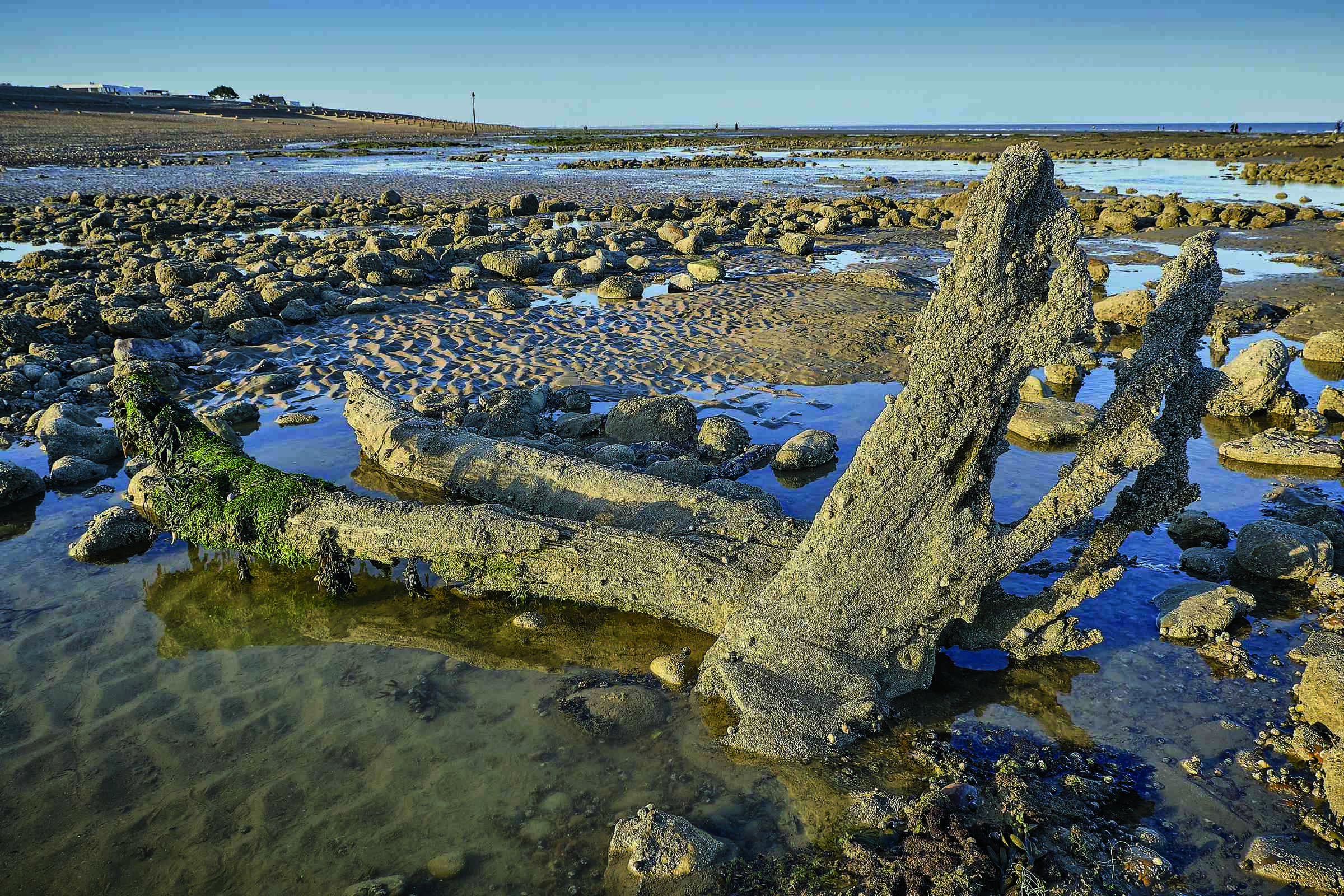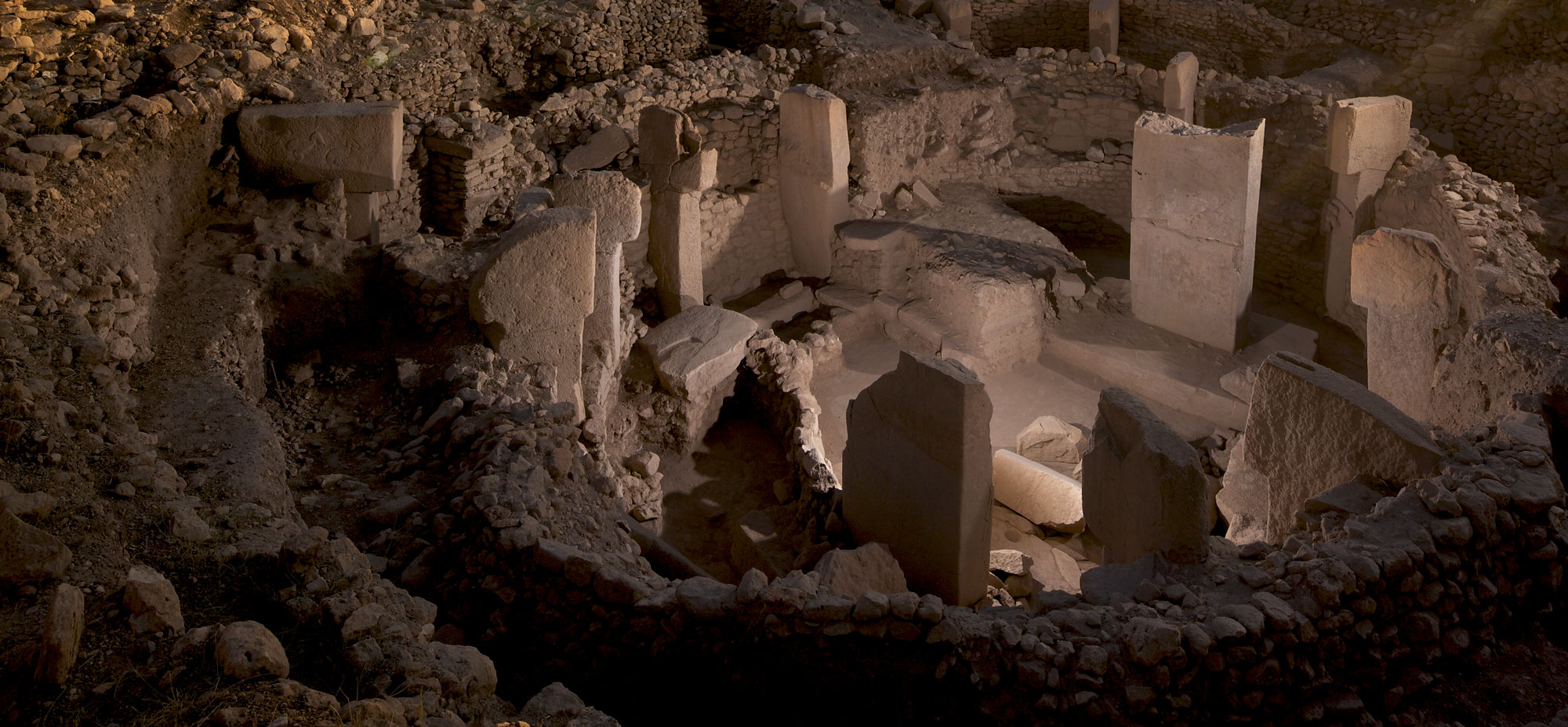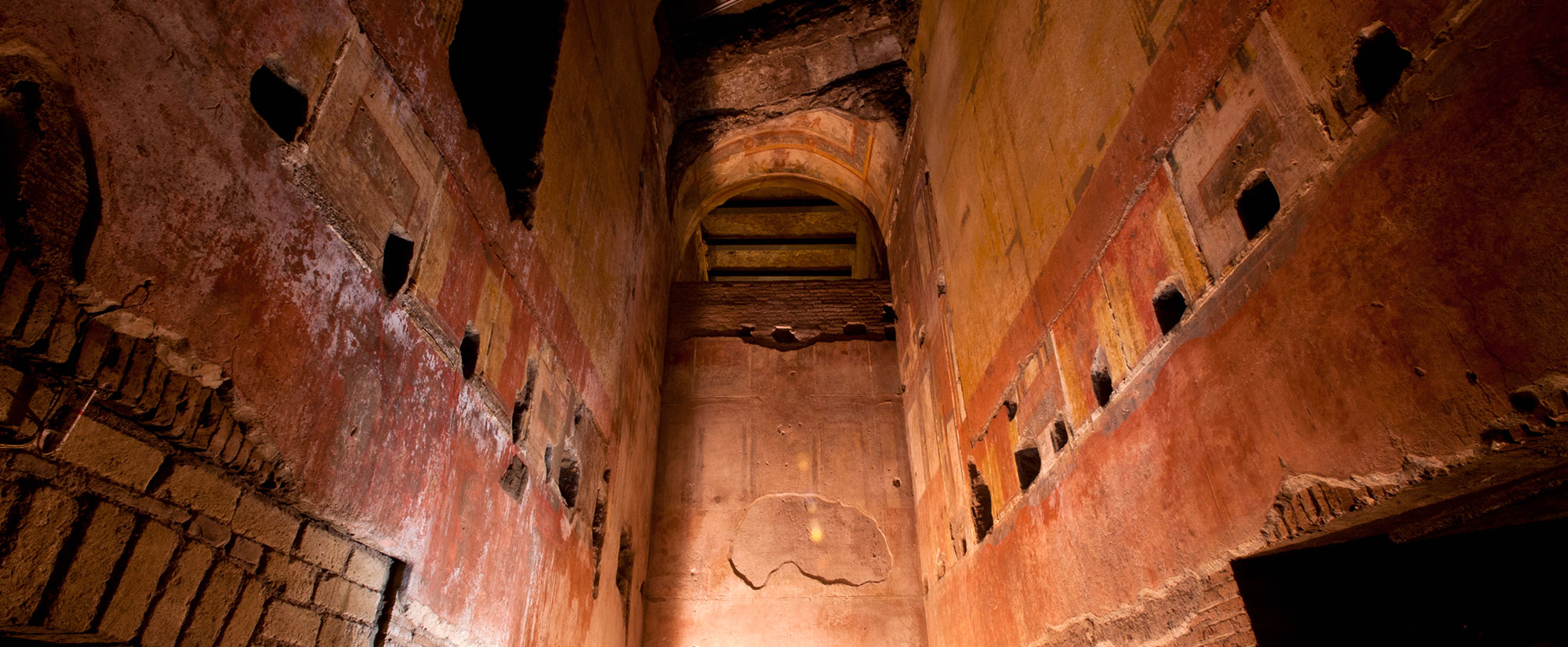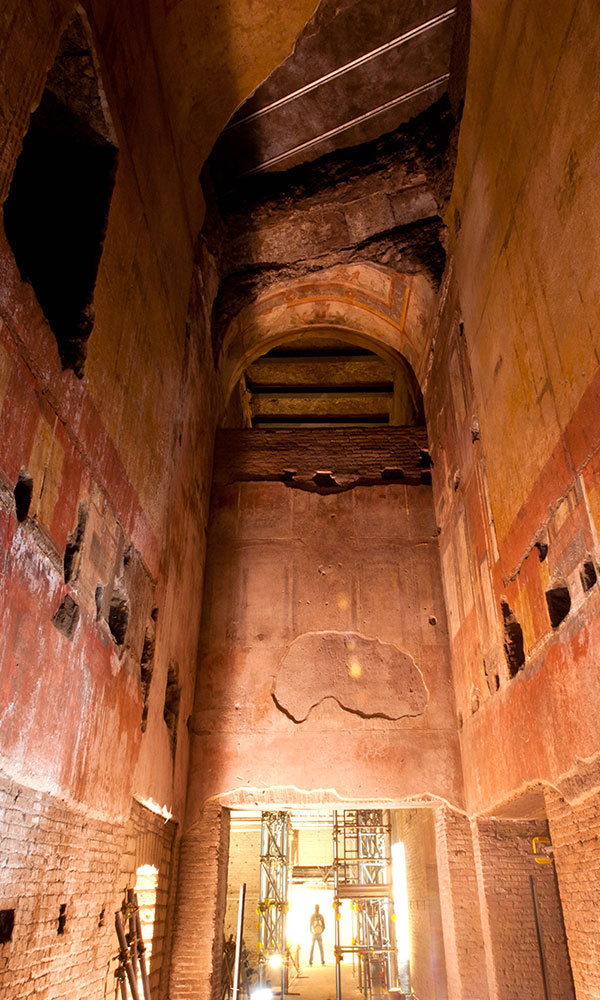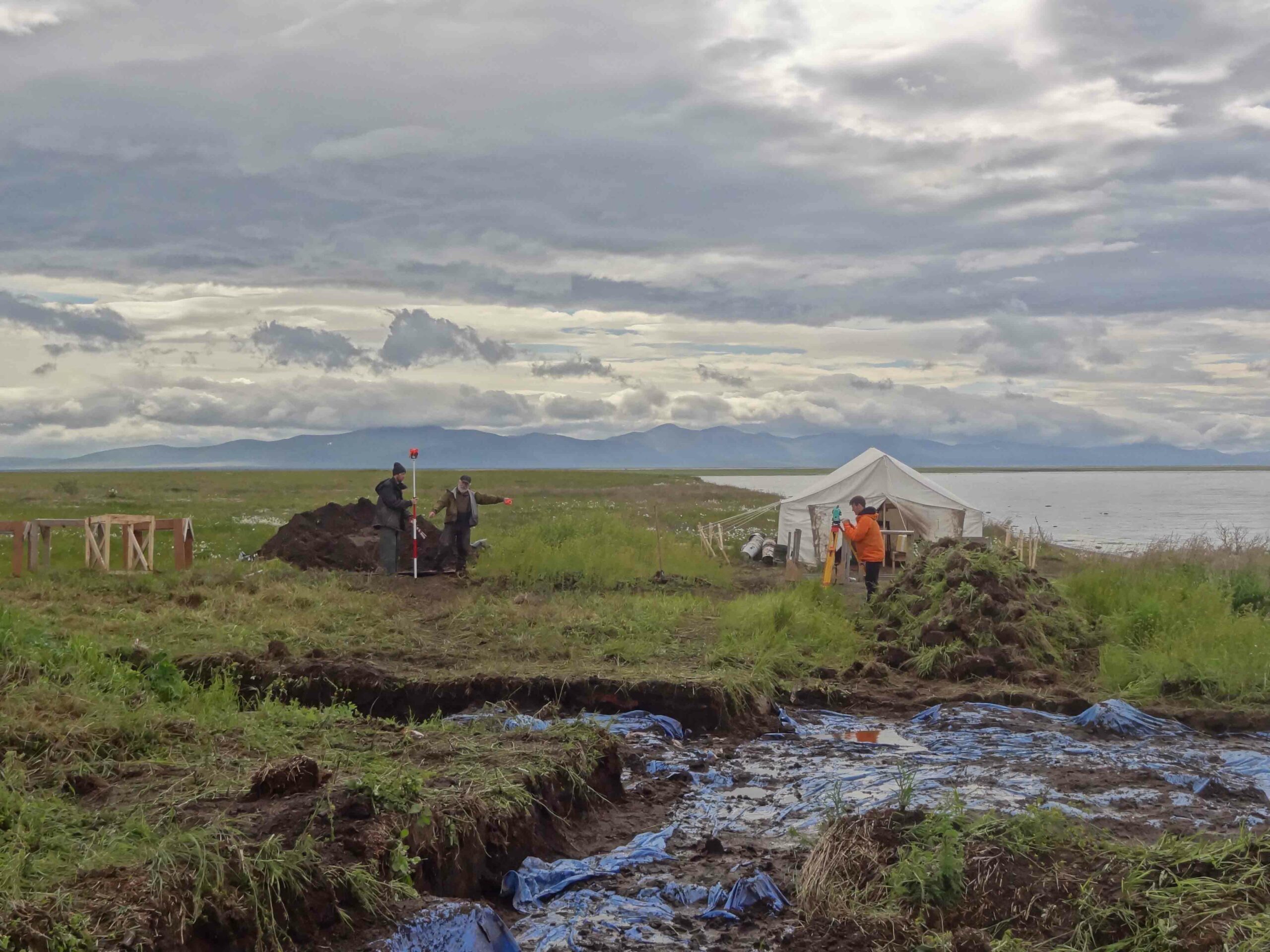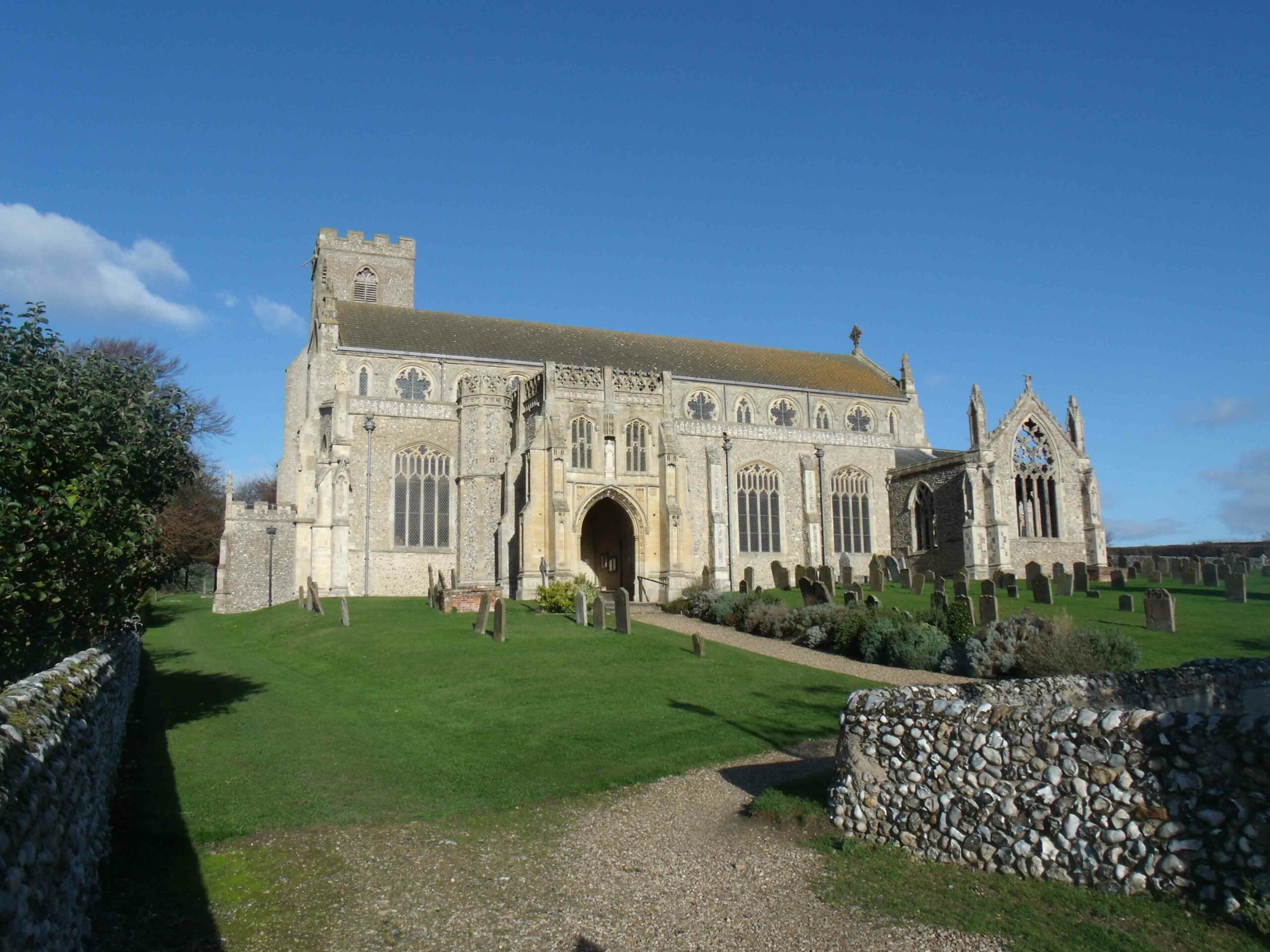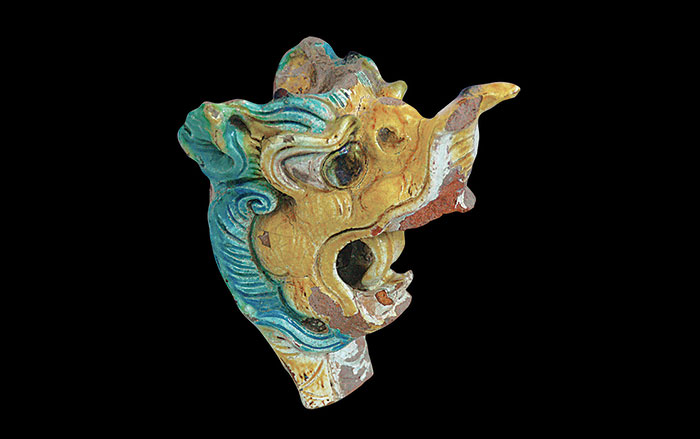
LOS ANGELES, CALIFORNIA—A study of the sleeping habits of present-day hunter-gatherers suggests that human ancestors had similar sleep patterns to people living in today’s industrialized world. Jerome Siegel of the University of California Los Angeles sent watch-sized devices that measure sleeping and waking times, as well as light exposure, into the field with anthropologists who study the Hadza, who live near Serengeti National Park; the Tsimane, who live in the Andean foothills; and the San, who live in the Kalahari Desert. The scientists also gathered information about the sleepers’ body temperatures and the temperature of their sleeping environments. They found that hunter-gathers stay up more than three hours after dark, sleeping less than seven hours each night. And, the people in the study awoke when temperatures hit the lowest point in the 24-hour period, resulting in roughly the same wake-up time each morning. “The fact that we all stay up hours after sunset is absolutely normal and does not appear to be a new development, although electric lights may have further extended this natural waking period,” Siegel said in a press release. To read about the first evidence for hunter-gatherers using poison for hunting, go to "First Use of Poison."


